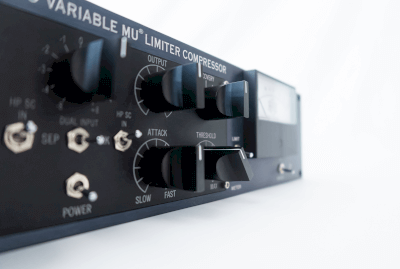What Is an Audio Signal Processor?

As the name implies, it is an intermediary device that adds a correction process to the signal output from the sound source to produce ideal sound from the amplifier speakers.
Its primary use is in building in-car audio systems. It acts as an acoustic device when a standard car navigation system is used as the sound source. It enhances realism by correcting the sound range affected by noise and glass reverberation, preventing the desired sound from being hindered.
Uses of Audio Signal Processors
Audio processors are employed to correct digital sound signals in various applications, including car audio accessories, electric instrument output adjustment, synthesizers, vocal effects, Hammond organs, live venues, console rooms, and more.
For example, in vocals, they can suppress crackling sounds or emphasize low frequencies. In guitars, they can produce short, rapid riffs with consistent texture. On the speaker side, they can prevent excessive input signals when handling limited simultaneous sounds.
Principles of Audio Signal Processors
The core function of an audio processor (also referred to as OPS for short) is to correct the transmission of digital sound signals, a process known as time alignment.
When listening to two or three speakers installed in a car with the driver in the driver’s seat, there is an imbalance in the listening point, where one speaker is farther away than the other. This creates a time lag in the left and right outputs, making it seem like you are listening from the center. The closer speaker outputs slightly later, so they reach your ears simultaneously.
This balance is inevitably disrupted when listening in a car, causing twin guitar dialogues, for example, to sound flat when heard from the driver’s seat.
The edgy riff backing at the bottom and the smooth solo at the top need to be positioned at the same level to sound impressive. OPS corrects the signal to restore the best listening experience.